Remote learning. Before COVID’s pandemic year, I did not even know that was a thing. It wasn’t, really.
Now, I am a remote learner. I have been for over a year. In my opinion, remote learning is great. I love having a flexible schedule, I love being able to do other activities during the school day, and most of all I love being able to work at my own pace.
One great thing about remote learning is that I have a flexible schedule.
Most of the time, I get my schoolwork done by early or mid-afternoon. If I was in school, I’d be in school all day, but with remote learning, I am done with school whenever I finish my work. This is great because it provides an opportunity to do alternative activities.
Normally, I get all my work done by lunchtime. This gives more time for activities that are good for your mental and physical health, like exercise. Nowadays, I go skiing a couple of afternoons a week, but in the fall and spring, I will go hiking, running, or biking.
I also love to read and write in my free time, remote learning gives me the opportunity to do more of that.
One of the best things I got to do this year is that I decided I wanted to write a book.
Currently, I have written 39,500 words of a headcanon (fan-fiction) story about one of my favorite book series. I’ve also written 2,800 words of an original novel, and multiple short stories.
Also, I wrote an article for The Vermont Almanac about Someday Farms in Dorset, VT. I interviewed the owner, Scout Profit, at 11 A.M on a Wednesday! If I was in school I probably would not have had the chance to do this.
I am also an avid reader; so far this year I have read fifty-two books.
Another great thing about remote learning is that I can work on assignments at my own pace.
For example, I can do English assignments fairly quickly, but math takes more time. With remote learning, I can spend more time on the math assignments during the day, instead of having only one small block of time to work with.
Another great thing about being able to work at my own pace is that I can spend more time on a bigger assignment. For example, If I have a big project for science but only a small assignment for English, I can spend more time on science that week.
I think being able to work at my own pace has helped me become a better student. I don’t think I necessarily learned more than I would have in school, but I think that I understand the concepts I’ve learned this year more thoroughly.
Clearly, remote learning definitely has its perks, but there are some downfalls.
The biggest one being communication.
When you’re in-person, and you need help, you can just go see a teacher. With remote learning, that’s harder.
Although there are set times to see a teacher every day, sometimes that time just doesn’t work out. Also, some teachers do not have these times, so you just have to email with them. Even though communication is a kink to iron out, it is still pretty decent considering the challenges faced when setting up remote learning.
Moving on from the work aspect of distance learning, being at home is a little tough.
At my school, we only have one call a day, and being in a virtual room with your class isn’t exactly the same thing as being in a real room with them. However, I do talk on the phone with my friends a lot. And for the most part, as long as I keep in contact with them, I don’t miss being in school that much.
In conclusion, I believe that remote learning is great, despite its flaws.
It allows students to have a more flexible schedule, to do other activities during the day, and work at their own pace. All in all, I think some of the strategies used in remote learning should be implemented in in-person learning.





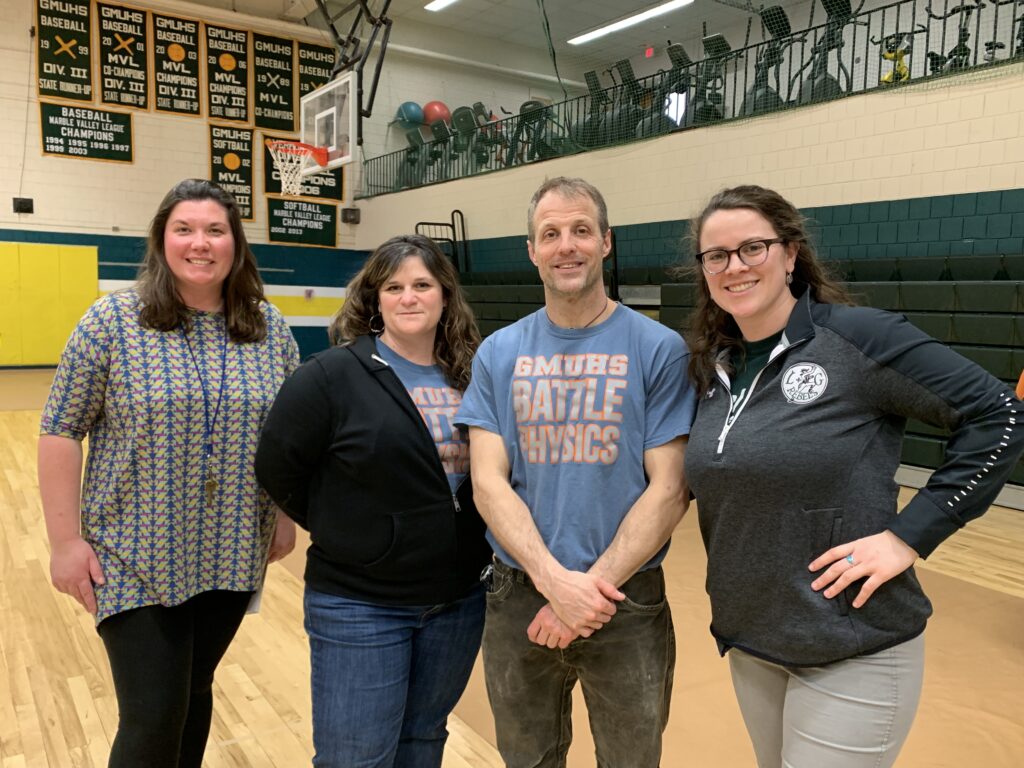
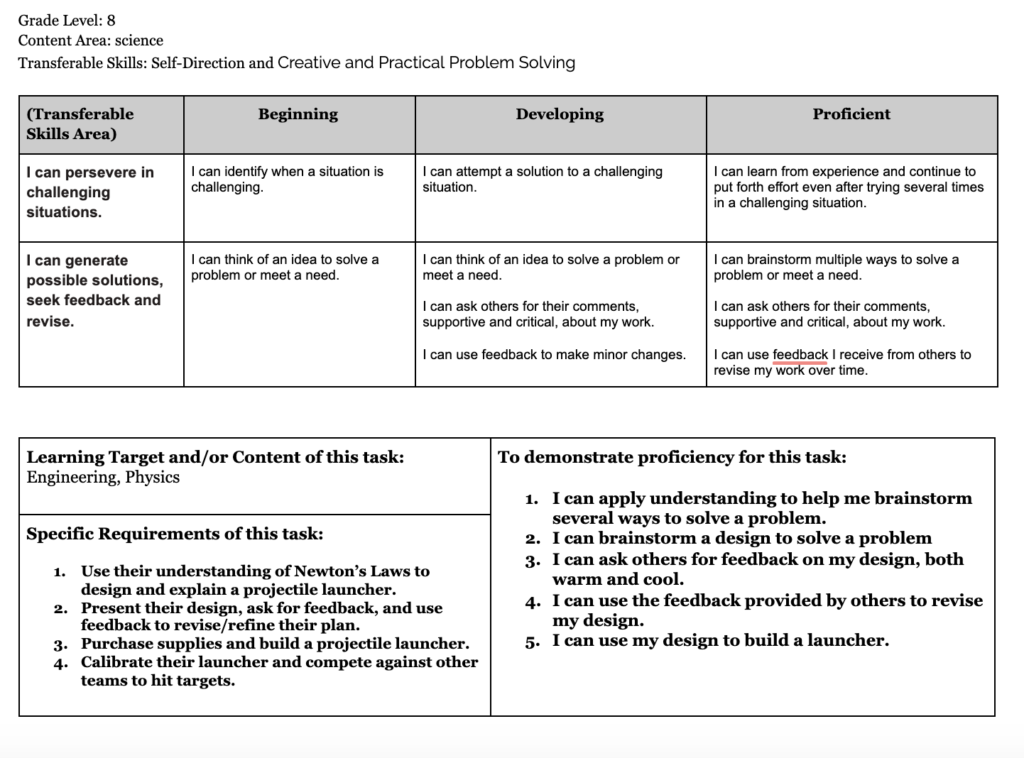
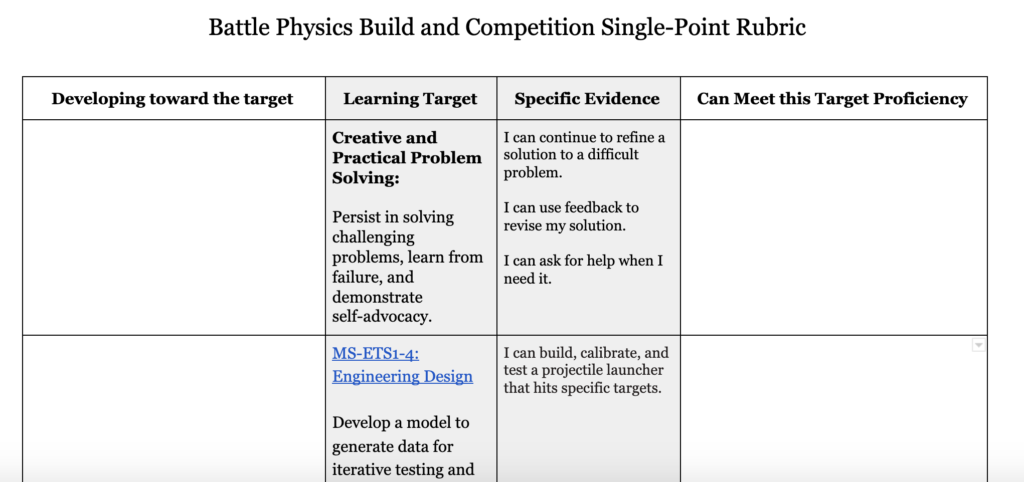
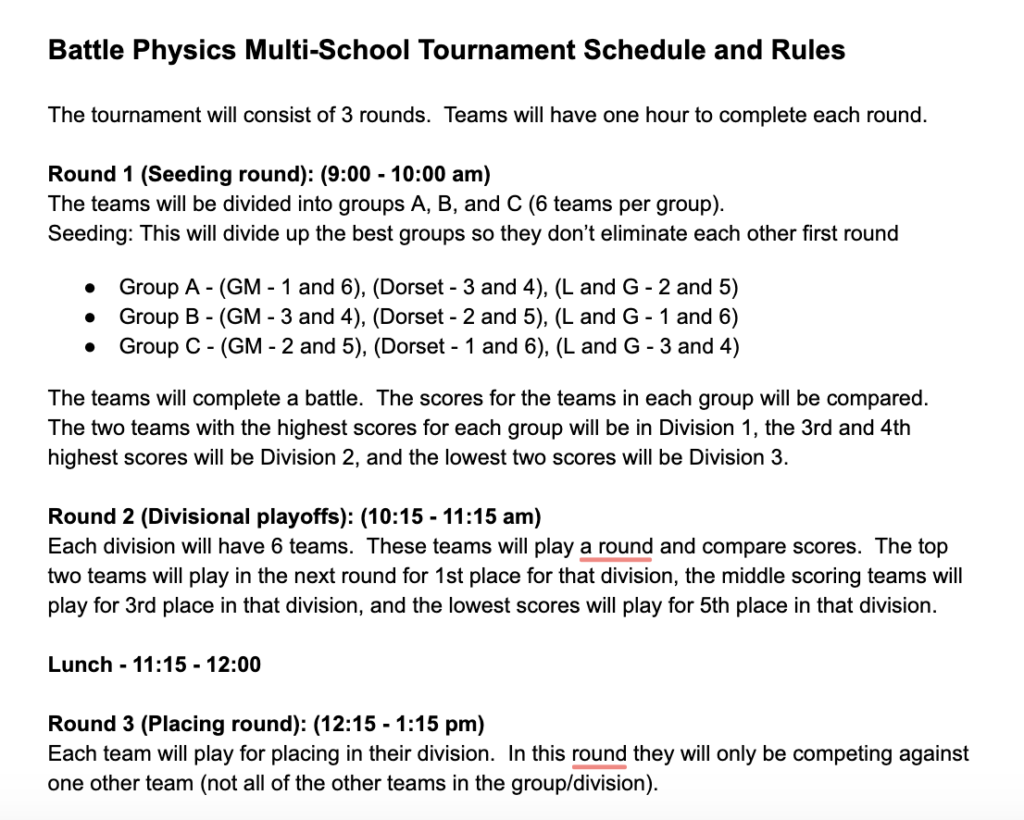
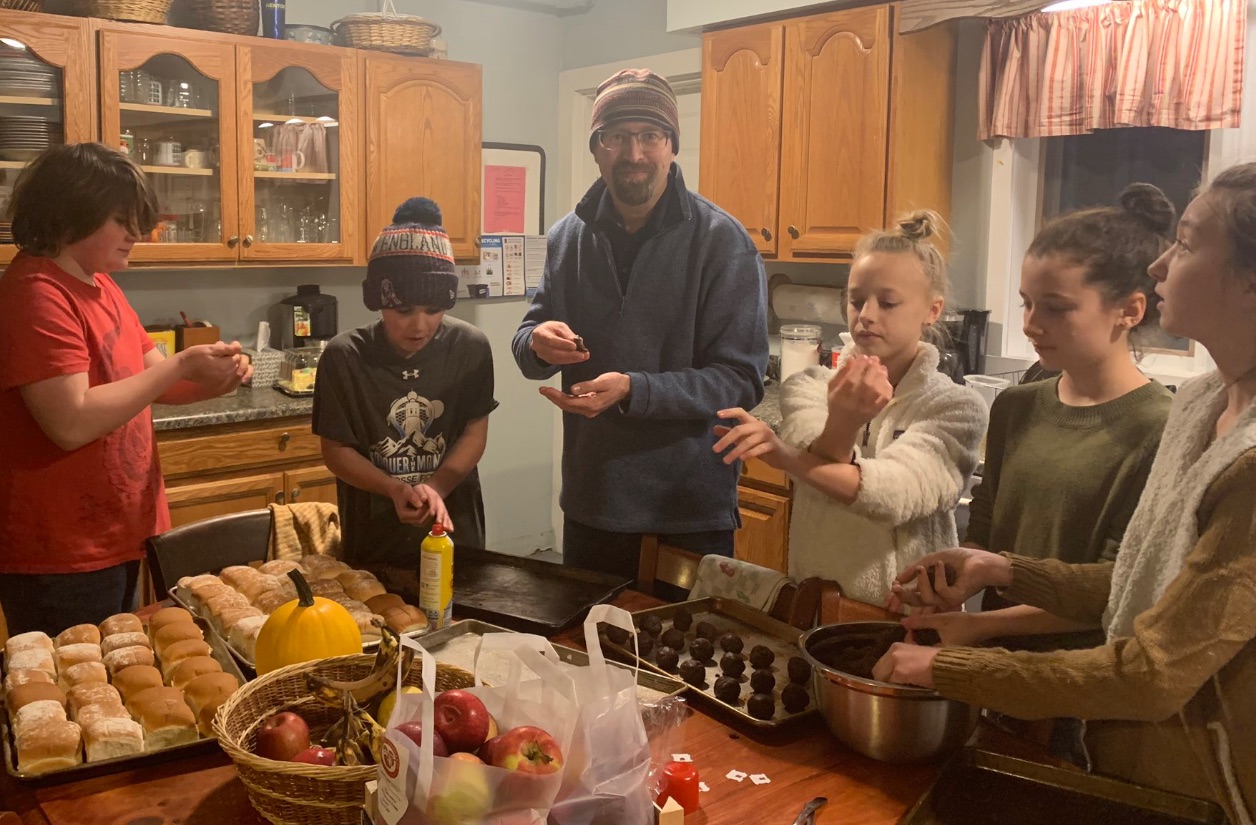
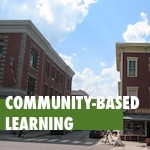 Food and community are inextricably linked.
Food and community are inextricably linked.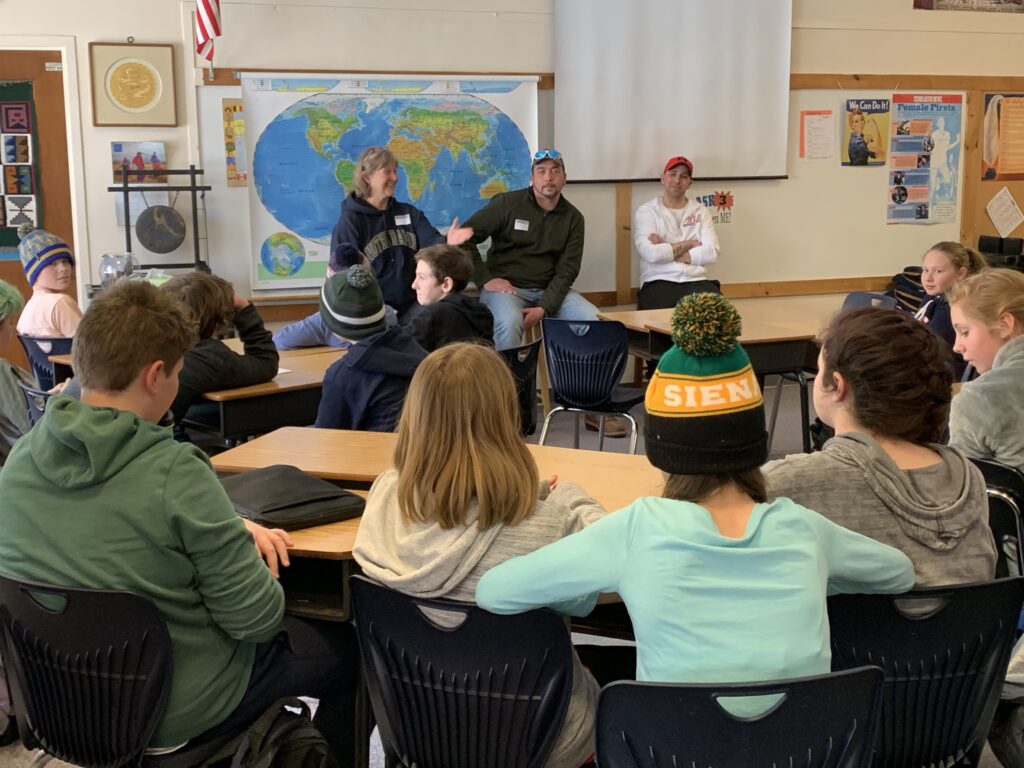
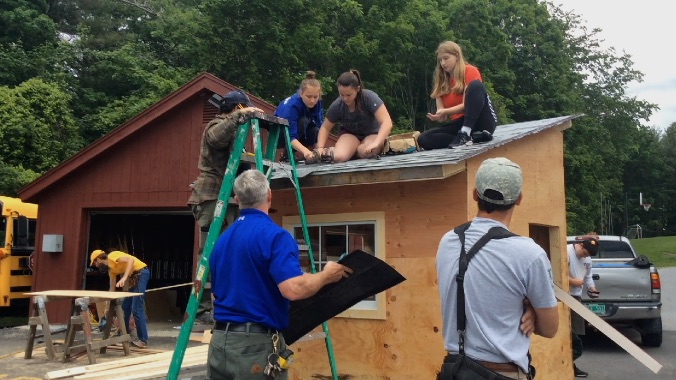

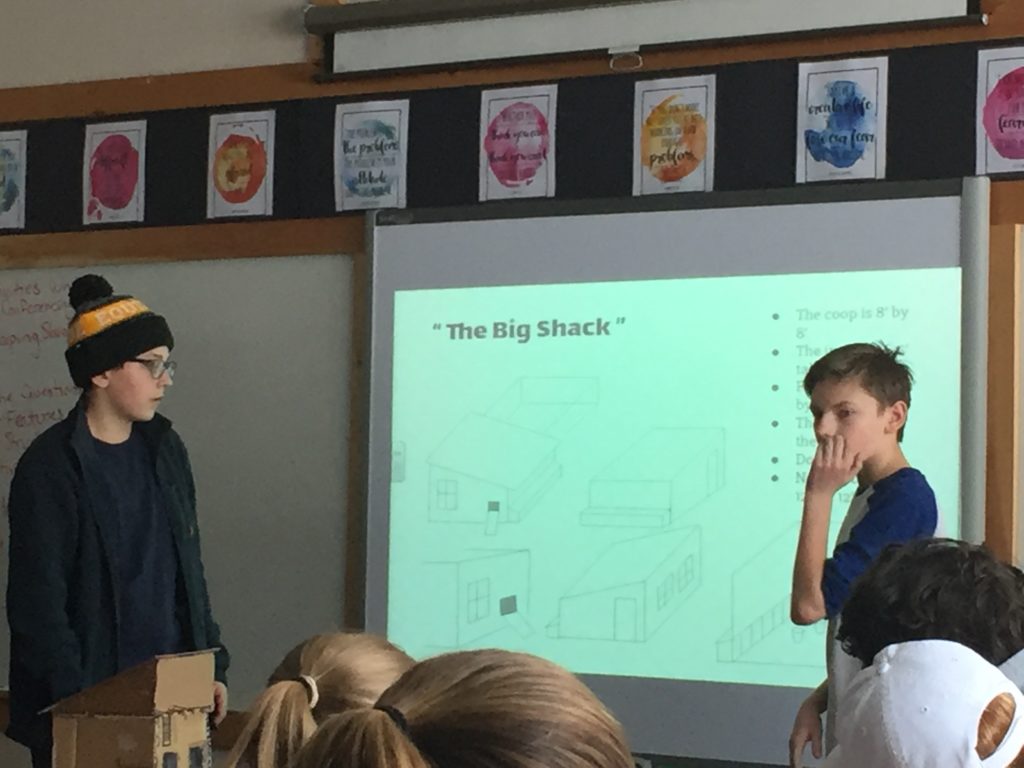
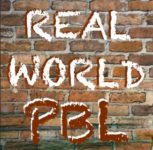
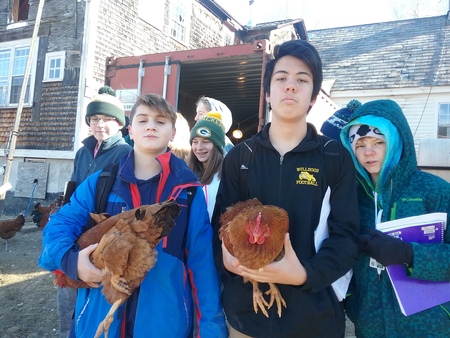
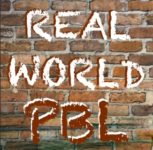 At the Dorset School, in Dorset VT, the 8th graders know that fresh, farm-raised eggs taste amazing. The problem: their cafeteria cannot afford local, free-range eggs. So they asked: “What would it take to raise chickens at the school?”
At the Dorset School, in Dorset VT, the 8th graders know that fresh, farm-raised eggs taste amazing. The problem: their cafeteria cannot afford local, free-range eggs. So they asked: “What would it take to raise chickens at the school?”

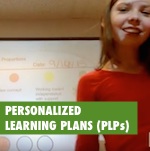 We wish we could hand you the one right way for students to reflect on their personal learning, on a silver platter. It sure would make the rest of the year a lot easier, right? But there are as many ways for students to reflect on their PLPs as there are students, so the best we can do is show up with these SIX SPECTACULAR STUDENT EXAMPLES.
We wish we could hand you the one right way for students to reflect on their personal learning, on a silver platter. It sure would make the rest of the year a lot easier, right? But there are as many ways for students to reflect on their PLPs as there are students, so the best we can do is show up with these SIX SPECTACULAR STUDENT EXAMPLES.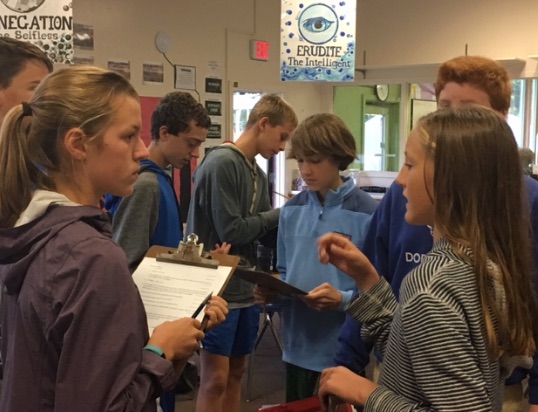
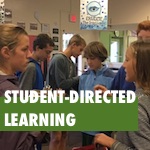 You heard me. Set aside classroom time to let your students design their learning. If you’re not quite ready for a full-on Genius Hour (where each individual student pursues their own learning passion), think about dipping a toe in the water by giving groups of students the space to create and implement learning activities for the rest of the class.
You heard me. Set aside classroom time to let your students design their learning. If you’re not quite ready for a full-on Genius Hour (where each individual student pursues their own learning passion), think about dipping a toe in the water by giving groups of students the space to create and implement learning activities for the rest of the class.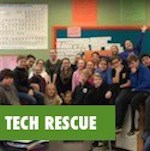
 Sixth graders at The Dorset School in southern Vermont are in their second year of working with Personal Learning Plans (PLPs). These exuberant adolescents have fond memories of one experience. Last year, these students were paired with teacher Amanda Thomas. Mid-way through the year of working with her students on PLPs, Mrs. Thomas realized that their PLP work was falling flat; she had to do more to involve them.
Sixth graders at The Dorset School in southern Vermont are in their second year of working with Personal Learning Plans (PLPs). These exuberant adolescents have fond memories of one experience. Last year, these students were paired with teacher Amanda Thomas. Mid-way through the year of working with her students on PLPs, Mrs. Thomas realized that their PLP work was falling flat; she had to do more to involve them.